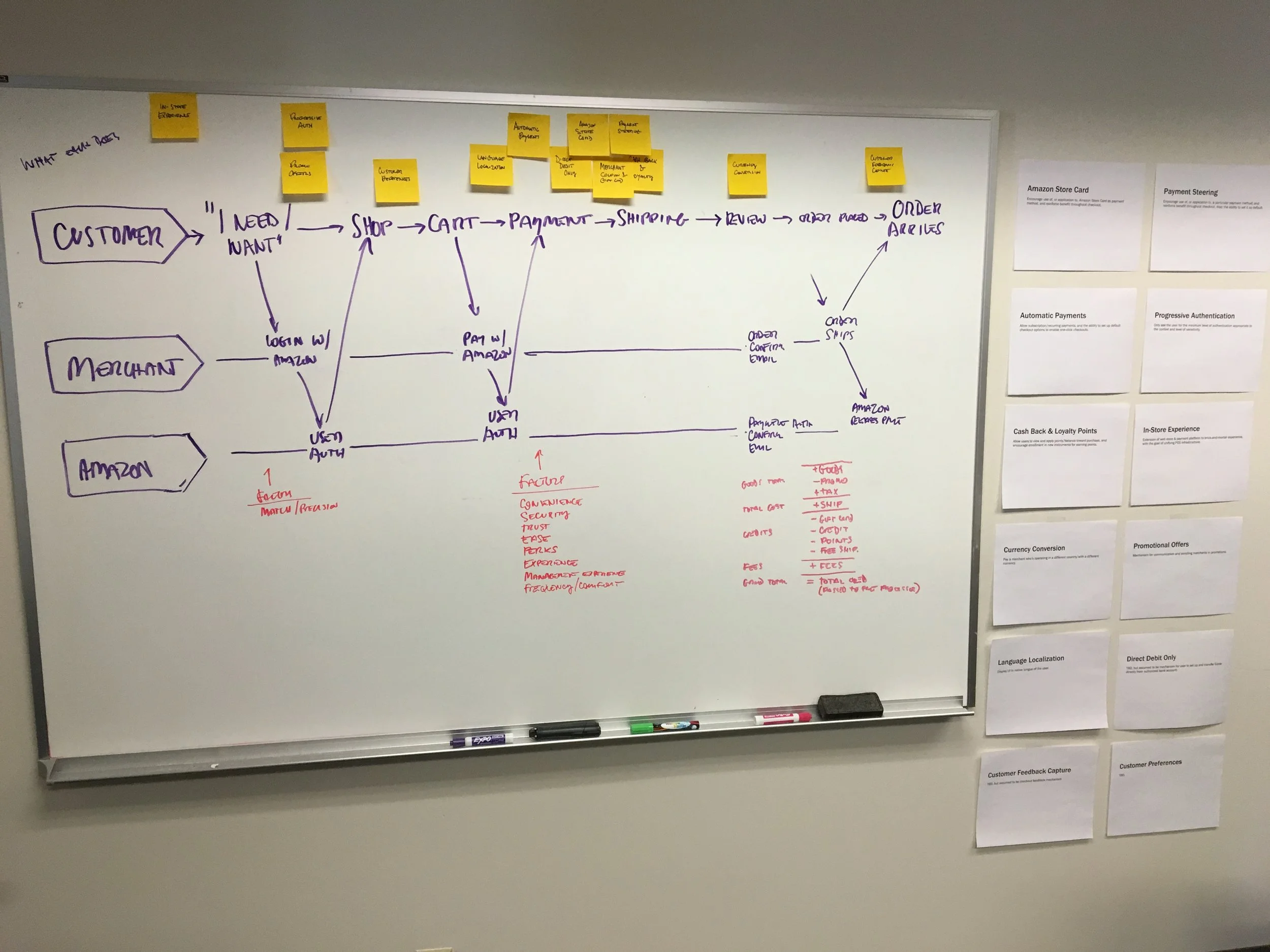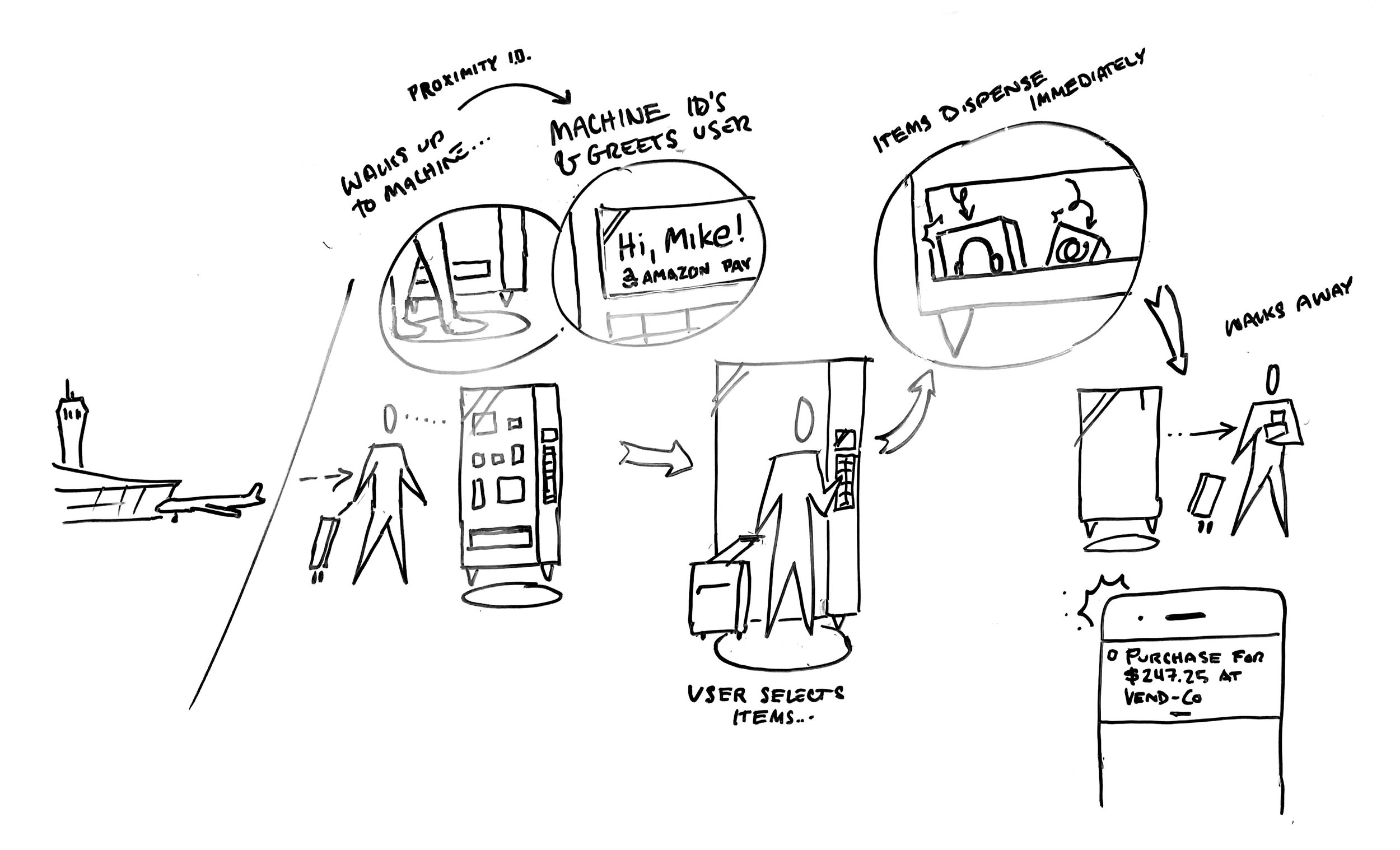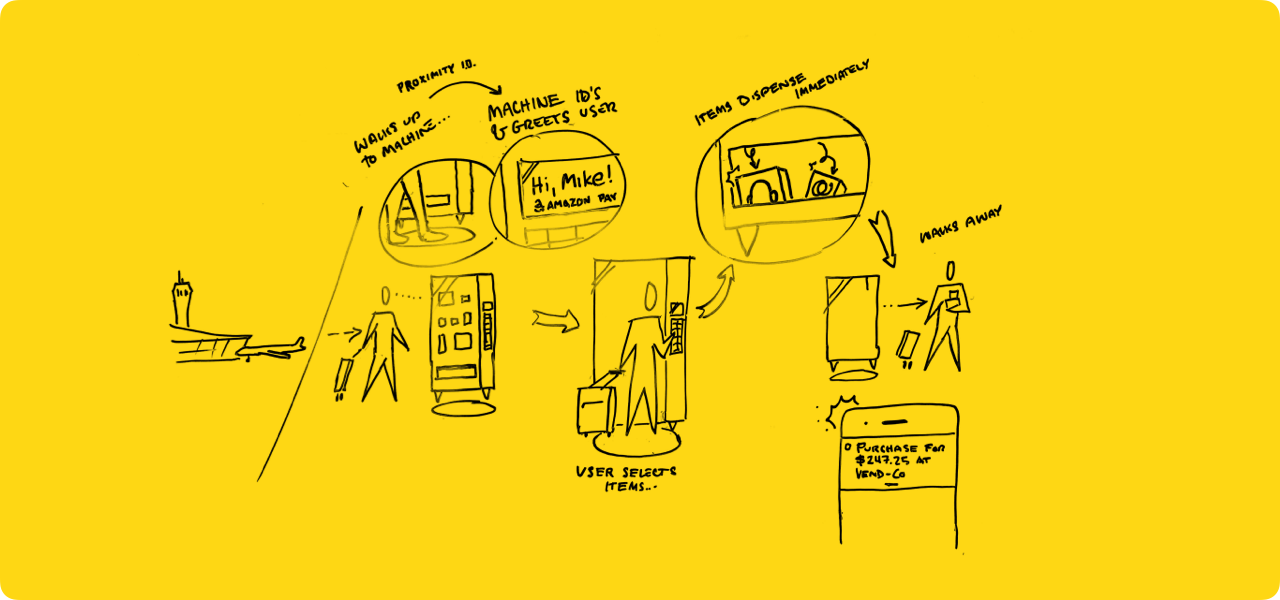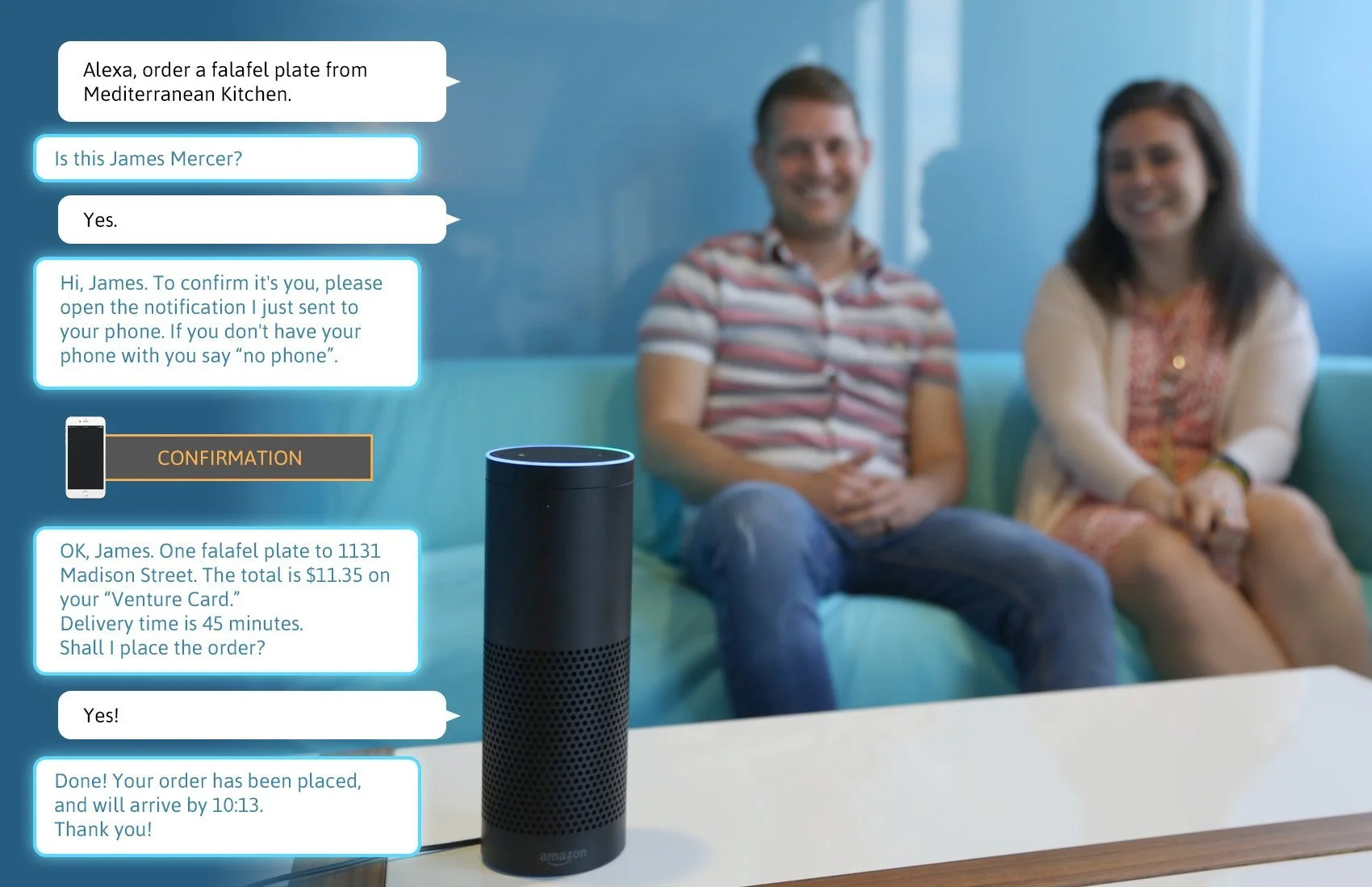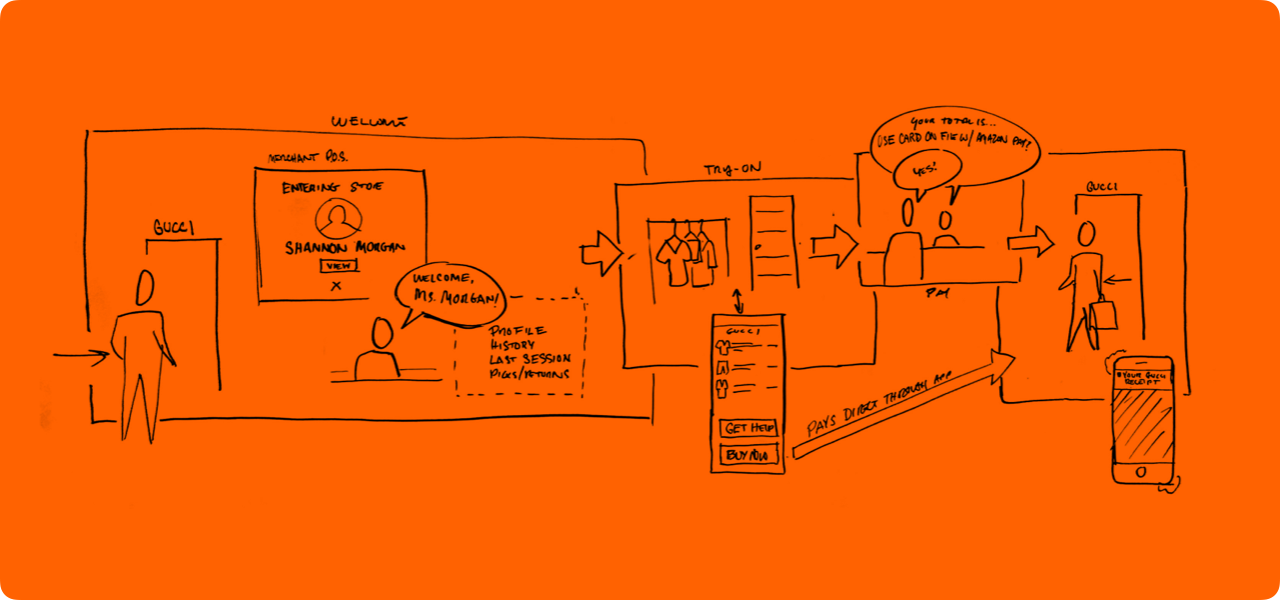Envisioning new payment concepts for Amazon Pay
I researched and designed payment concepts to help Amazon Pay shift its strategic direction away from payment processor and toward experience enabler.
Customer goal Get the things I need safely, reliably, and conveniently. And I always want someone to have my back.
Business goal Shift model of payment value to vendors, where Amazon can differentiate and benefit from its position with customers.
My Role UX Design lead.
Situation
Payments is a race to the bottom: high-volume, low-margin, and the winner still loses.
Amazon wanted to understand opportunities to expand beyond competent payment processor to something categorically different. They engaged a team at Blink UX, including myself in the UX lead role, to explore this and show them likely futures.
Challenge: Evolve Amazon Pay beyond “just another payment processor”
Discovery & Definition
To get beyond just making a better checkout experience, I had to understand the current landscape, so I conducted multitudes of stakeholder interviews, researched how people interact with payment systems in the physical world, pored over usage data, ran benchmarked for booking, shopping, and payment experiences.
I learned that people were frustrated with inconsistency across the industry, and by unavailable help when needed, and of extreme skepticism of frictionless payment: friction is a feature, not a bug, for purchasers.
I learned nobody thinks—or cares—too much about how they pay, because payment is just a way of getting to the thing they want.
Exploration
Payment ceremonies, and the ingredients of a great experience.
Based on the deep research, workshops, and explorations, I created range of payment stories that articulated a wide breadth of scenarios: high-end to low, real-time to asynchronous, high CXM integrated to one-off.
Codifying & Extending the concepts
I developed a framework to account for input modalities and authentication states, and prescribe experience requirements, to validate the huge range of possible experiences, and to make the design model fully extensible: any new payment “surface” should be plug and play.
Result
We are just now beginning to see the fruit of this work, with seamless payment experiences from Amazon emerging throughout their properties over the past 18 months. Low-touch, seamless, high-security payment.



